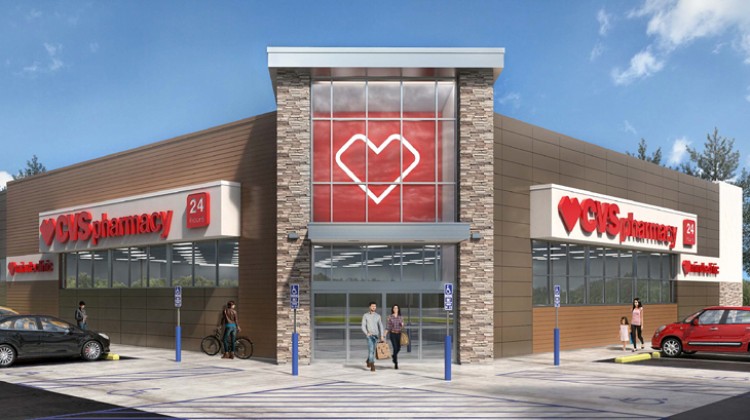Diversified assets deliver strong enterprise results

WOONSOCKET, R.I. — CVS Health on Wednesday posted second quarter revenue and earnings well ahead of Wall Street’s expectations. The company also boosted its full-year guidance, as Aetna sales continue to help lift the group’s overall bottom line.
The company reported net income of $2.986 billion, or $2.26 a share, in the period ended June 30, up from $1.931 billion, or $1.49 a share a year ago. Adjusted earnings per share were $2.64, far exceeding analysts’ consensus of $1.92.
Revenue rose 3% to $65.341 billion, also surpassing Wall Street’s forecast of $64.2 billion.
CVS raised its full year adjusted earnings per share guidance range to $7.14 to $7.27 from $7.04 to $7.17, reflecting an update to its estimated full year effective income tax rate.
“We’re a health innovation company that is built to meet the evolving needs of the millions we serve every day. That’s been made clear as we continue to navigate the health, social and economic impacts of COVID-19. Our earnings in this environment demonstrate the strength of our strategy and the power of our diversified business model,” said CVS Health’s president and CEO Larry Merlo.
“We have a strong foundation of clinical expertise, data analytics and digital capabilities, and unmatched consumer and community reach which has allowed us to rapidly bring our strategy to life at an unprecedented time. The environment surrounding COVID-19 is accelerating our transformation, giving us new opportunities to demonstrate the power of our integrated offerings and the ability to deliver care to consumers in the community, in the home and in the palm of their hand which has never been more important. We have stayed true to our purpose of helping people on their path to better health, and we remain focused on creating value for all our stakeholders,” he added.
Total revenue for the quarter was impacted by the COVID-19 pandemic, which adversely affected revenues in the Retail/LTC and Pharmacy Services segments primarily as a result of reduced new therapy prescriptions due to lower provider visits , as well as reduced front store revenues in the Retail/LTC segment due to shelter-in-place orders.
Operating income and adjusted operating income increased 40.5% and 32.2%, respectively. The increase in both operating income and adjusted operating income was primarily due to the impact of the pandemic, which resulted in reduced benefit costs due to the deferral of elective procedures and other discretionary utilization in the Health Care Benefits segment, partially offset by reduced volume and increased operating expenses associated with the company’s COVID-19 response efforts in the Retail/LTC segment.
Retail/LTC revenue increased 1.0%, primarily driven by pharmacy drug mix, growth in retail pharmacy prescription volume and brand inflation. These increases were partially offset by continued reimbursement pressure, the impact of recent generic introductions, decreased long-term care prescription volume and lower front store revenues.
Front store revenues decreased 4.6%, primarily due to reduced customer traffic in the segment’s retail pharmacies due to shelter-in-place orders. Prescriptions filled decreased 1.1% on a 30-day equivalent basis. The decrease was primarily driven by reduced new therapy prescriptions due to lower provider visits and decreased long-term care prescription volume, partially offset by the continued adoption of patient care programs.
Retail/LTC operating income and adjusted operating income decreased 39.8% and 36.7%, respectively. The decrease was primarily due to the impact of the pandemic, which resulted in incremental operating expenses associated with response efforts, decreased front store volume and reduced new therapy prescriptions, as well as continued reimbursement pressure. These decreases were partially offset by improved generic drug purchasing.
Operating income and adjusted operating income in the Health Care Benefits segment increased 188.7% and 140.9%, respectively. The increase was primarily driven by reduced benefit costs due to the deferral of elective procedures and other discretionary utilization in response to the COVID-19 pandemic, growth in the segment’s Government products and the impact of cost reduction efforts, including integration synergies. These increases were partially offset by membership declines in the segment’s Commercial insured products.




You must be logged in to post a comment Login